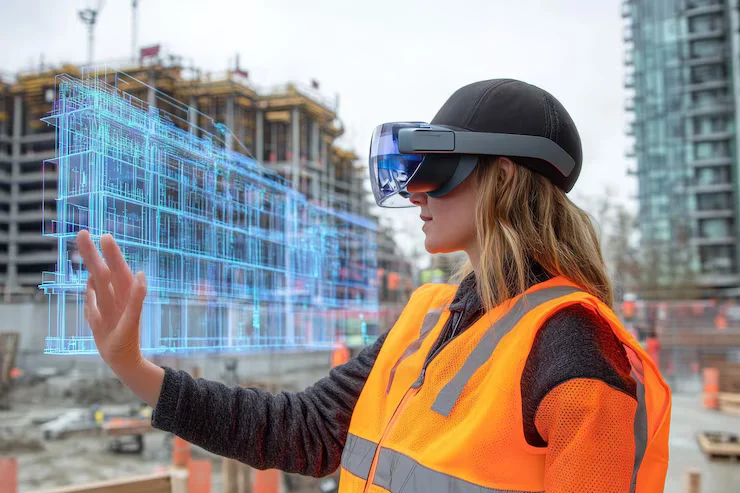Engineering keeps the world ticking. We all know that. But the way projects get drawn up and delivered? That’s shifting—fast and a little chaotically. Below, you’ll spot six trends that look set to shape outsourced engineering work over the next ten-ish years. No crystal ball here, just patterns that keep popping up in meetings, design reviews, and late-night forum discussions. Here are a few trends to watch out for outsourced engineering services:
1. Concrete That Texts You Back (Smart Infrastructure)
Bridges, roads, even plain-looking culverts are starting to talk. Tiny sensors check stress, temperature, vibration, and all that geeky stuff. If something feels off, the bridge sends an alert before a crack becomes headline news. Cities like Seoul and Singapore already play with this, so expect the idea to spread, budget allowing. And yes, engineers will need to read a few more dashboards than drawings. Good luck.
2. Sustainability: From Buzzword to Non-Negotiable
Remember when “green” projects were the expensive, nice-to-have option? That ship has sailed. Clients now walk in asking, “What’s the carbon impact?” before they ask about cost. Recycled aggregate, low-carbon concrete, solar roofs—boring to list, crucial to land. Engineers who can shrink footprints without ballooning budgets will win bids. The planet might even high-five us later.
3. AI in the Cubicle Next Door
AI has stopped being a novelty demo. Design tools run a thousand beam layouts overnight and pick the top three by breakfast. Drones scan rebar placement so site crews fix errors before the pour. Does it replace people? Nah. But it does elbow its way into the workflow, leaving humans free to deal with politics, permits, and the stuff algorithms still can’t charm.
4. Digital Twins: A Mirror That Never Lies
Picture a virtual copy of a railway station—every bolt, every escalator. That’s a digital twin. It updates itself with live sensor data, so you can stress-test a station for holiday crowds without shoving real commuters around. Costly at first, sure, yet cheaper than guessing (or praying) when maintenance should happen.
5. Cloud Desks, Couch Offices
The pandemic proved something: engineers don’t have to share the same kettle to share a model. Cloud platforms let a drainage specialist in Pune tweak the same drawing a façade designer in Prague opened five minutes ago. Fewer flights. Faster approvals. More emojis in chat, for better or worse.
6. New Materials & 3-D Printing—Because Why Not?
Self-healing concrete, bamboo composites, bioplastics—materials science is sprinting. Meanwhile, giant printers squirt out custom façade panels or bridge parts, trimming waste and shipping fees. Early adopters are already handing clients parts that came straight off a print bed. Is it perfect? No. Is it cheaper every year? Pretty much.
So, What’s the Plan Here?
- Keep Learning, Always: Today’s hydraulic guru might need Python tomorrow. Certifications won’t cut it if you can’t tinker with new tools.
- Collaborate or Get Lonely: Projects now cross time zones. If you hate 2 a.m. calls, find a firm that rotates shifts.
- Show the Numbers: Clients love dashboards. Bring data on carbon, cost, and downtime risk. Opinions alone are weak currency now.
- Don’t Fear the Robot Helper: Let AI crunch tedious calculations. You focus on judgment calls: ethics, aesthetics, and human safety.
Bottom Line
The next decade will shove engineers out of their comfort zones. Smart infrastructure, low-carbon mandates, AI design partners—none of it waits for a committee vote. Firms willing to experiment (and admit the occasional flop) will lead. Those clinging to “the way we’ve always done it” may still finish projects… just not the next ones.So, sharpen your curiosity. Download that new plugin. Chat with the environmental team early, not as an afterthought. The tools of mechanical engineering services are landing on the desk either way—best be ready when they do.
